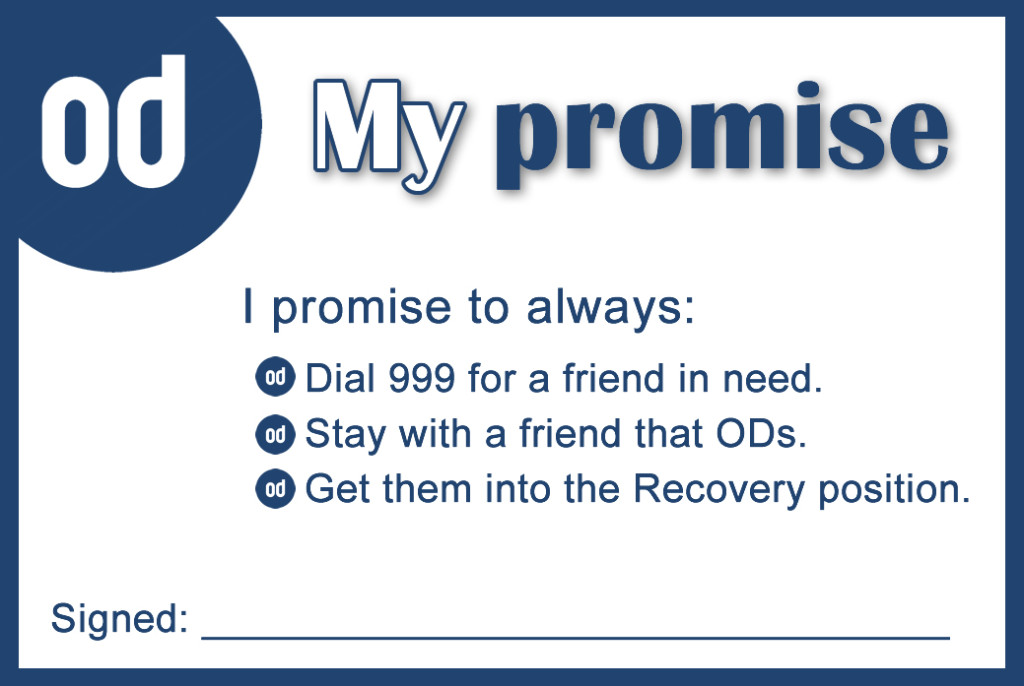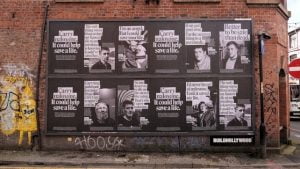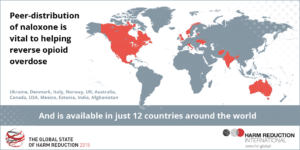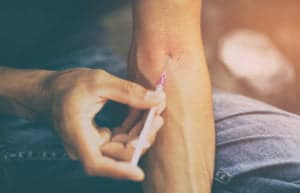The mobile phone application market is huge, over half a million apps for iPhone and quarter of a million for Android phones. As I write this, today’s top trending app in the Android Market is Buka HD – just £1.49 will buy you a game which features a big blue bubble whose purpose is to make ‘stars go boom’.
In addition, to the thousands of games, there are apps for every purpose imaginable. In the area of drugs and crime that this Blog is concerned with, there are a number of apps attempting to give you easy access to the local crime maps hosted by police.uk. If you are an American citizen, you have a choice of apps for seeing which sex offenders live in your neighbourhood – you can view their address on a map and see their personal information and photos.
There are relatively few apps about drug treatment though, just a couple giving self-help advice which have only been downloaded a handful of times.
I am investigating smartphone apps because I had an idea for using a phone app or Twitter to try to reduce the number of drug overdoses.
Most overdose deaths happen in users’ own homes or the homes of their friends and most are witnessed by other people. There is evidence to suggest that that drug users who have survived overdose and go on to witness it may be less aware of the life-threatening nature of the situation and less likely to call an ambulance. (Research by Tobin which can be found in a Scottish Government publication aimed at reducing overdose.)
Drug overdoses are frequently witnessed by drug users who want to help but are scared to report the overdose, or stay with the person in crisis to give critical information about what drugs they have taken, for fear of arrest. A Lifeline video by Michael Linnell provides an excellent explanation of this issue and includes interviews with drug users who have been in overdose situations.
He recommends negotiating protocols with local ambulance services to ensure that police are not routinely called to overdoses – which saves police time and encourages drug users to stay with a friend in crisis.
Many drug treatment agencies do a lot of work with users around overdose prevention and management. The Injecting Advice website provides free workshop materials which includes a section on getting drug users to sign up to an ‘Overdose Promise’ to look after each other.

Despite all this excellent work, drug-related deaths are a growing problem in the UK – rising by 11.8% in 2009 to 2,182.
My idea was to see if it was possible to develop a smartphone app which would enable anyone who is likely to be present at an drug overdose – other drug users, but also family and friends who might find someone overdosed in their bedroom or bathroom – to communicate immediately with the emergency services. I couldn’t find such an app in existence although HIT have developed a very useful app with information about avoiding and managing overdoses.
There is a US app called MyFlare™ which lets a user do the following with one push of a button:
- Calls 911 or your designated non-911 emergency contact
- Automatically text messages and e-mails up to 10 of your pre-selected contacts your customized distress message, along with your GPS location
- Delivers your text and e-mail messages every three minutes to your pre-selected contacts with your updated GPS location
- Sends 20-second video recordings capturing your present environment (optional), which are attached to the delivered e-mails every few minutes (as determined by you)
- Blasts a police siren (optional)
Would a version of this app specifically for drug overdose be effective? I am guessing the video and police sirens might not be desirable, but clearly there is a range of communication possibilities which could be made fit for purpose.
Here is a preliminary list of the main issues as I see them:
- Do enough drug users have smartphones? Drug users always have mobile phones, they can’t buy drugs without them, but do enough have smartphones?
- Ideally, the message would include details about the user’s usual drugs of choice, their GP and drug treatment agency – the person using the app is unlikely to be the person overdosing. Is it possible for drug using partners/friends to press one button to call an ambulance and then another to choose one of up to five friends to select their personal details?
- The app would need to be promoted by Needle Exchanges and Drug Treatment Agencies who would talk drug users through the issues (should they include next of kin details etc.) and get them to practice using it.
- There needs to be consultation with emergency services so they can have input into the types and form of information to be provided, to make staff aware and incorporate it into any protocols.
- Can we find an app developer who is prepared to work on this pro bono or would funding be required?
An alternative approach would be to use Twitter which also has a GPS service (which needs to be turned on) with an appropriate hashtag, but the smartphone app feels more viable to me.
There are two reasons for putting this idea out via a Blog:
Firstly, to get enough comment and feedback from drug users and drug treatment agencies to test out the viability of this idea.
Secondly, if it is viable, to expedite a collaborative way forward to develop and disseminate the app ASAP.
What do you think? Please give your views, thoughts and comments below:







10 Responses
Totally agree, there are definitely opportunities for making better use of technology in supporting recovery – in various means.
I found iPromises a while ago on my iPhone which I think is one of the better apps (recognising that is has a particular focus). The functionality is great and it’s free. It’s just a shame that it is made for the American market and we don’t seem to have an equivalent in the UK… unless I’ve missed something?
There is some research – I need to dig it out – which shows that people prioritise having good phones over pretty much everything else. And most phones are internet enabled these days. There is a genuine opportunity here – even if phones do change hands regularly, are lost or sold or simply chucked away – and we need to make more of it.
Michaela Jones (of WiredIn) often talks about the ‘Facebook generation’ in her presentations – those young people who spend huge amounts of time on social networking sites.
The trick will be in finding creative ways to provide the advice, education or guidance.
p.s. thanks for the link to our RSA blog!
Matt Gleeson is an Australian harm reduction worker who has a Blog dedicated to how social media can enhance harm reduction work: http://stonetreeaus.wordpress.com/. He has a recent post about other possible smartphone apps for syringe disposal and peer naloxone training: http://bit.ly/rcJrBP which is well worth checking out.
I’m up for this. I was the lead author of the Scottish Government report you mentioned (Reducing Drug Users’ Risk of Overdose) and would be keen to look at how we could conduct a feasibility study to explore some of the practical issues you have identified. We also have links into a large number of services and service user groups. Let’s do this.
Although, speaking as a user, I have iPhone I really am oneof the few. While most of my friends do make sure they have a phone most are of poor quality as they constantly lose/break/sell them. Why havea phone worth £300 when a £20 will do. That’s £280 I get to spend.
Thanks Chris. That makes absolute sense. There may be more value in this sort of app for families and (non-dependent) friends at the moment…?
SWM Probation definitely looking to explore addiction apps – more on the recovery/rehab side than the emergency scenario. We see offenders have smart phones although not contracts so internet cost is an issue. And phones getting cheaper week in week out. We also have innovative IT bods and possible access to SOME funds if it reduces reoffending. Sounds like we should talk, no?
After I wrote this post, I found out that U-Turn Training – http://www.u-turntraining.com/ – were in the process of developing just such an app. They have nearly finished and you can see screenshots here: http://twitpic.com/7f96u6
When the app is published, I will be sure to review it here.
The app sounds a good idea but in my experience due to the lifestyle of many injecting drug abusers smart phones are likely to turn into cash to buy drugs and cheap pay as you go phones are the phone of choice.
Michael Linnell’s suggestion of not sending Police in support of Ambulance crews although having good intent is flawed for a number of reasons.
1 Crews will not be afforded protection from attack. When using Naloxone, patients can become violent as the drug counters the opioid. Information about Lifesaving properties of Naloxone here: http://wp.me/p1Tqsv-i Some ambulance services have stopped providing NALOXONE because of the increease in assualts on staff. If you remove the Police support – miore service may stop providing the drug.
2 If the person does not recover, evidence may be lost for a coroners inquest or possible criminal action as other users will try to dispose of evidence.
3. Drug overdoses are one of a number of triggers to examine the community impact of the area or premise where the overdose took place to see if control action is required to protect other members of the community. Often drug overdoses occur where there is an existing problem with disorder which every agency has a duty to consider and address under the ASB legislation. Information about the OPERATION CRACKDOWN process here: http://www.david-woods.com/Operation_Crackdown.php
4. Vulnerable people may live at the property or nearby whose needs must also be considered. Guidance issued after Pilkington tells us that residents in areas of disorder should have their needs assessed to prevent deaths of innocent people caught up in issue through no fault of their own.
Many Thanks for this article Russell.
David.
http://www.david-woods.com
thethinnerblueline.wordpress.com
Thanks for your contribution, Dave. Further details of the take-up of Naloxone – better in Wales & Scotland than England here: http://bit.ly/w11hRf.
Also new Naloxone initiative in Australia: http://bit.ly/unpBVm
I’m interested in the views of others from the emergency services community.
Interesting that the Australian report appears to be advocating injection as the route to adminster the drug. The safer route would appear to be nasal administration information about that here http://www.mja.com.au/public/issues/182_01_030105/kel10472_fm.pdf This is some Australian research which shows that internasal Naloxone is effective and could be more widely available also reduces the risk of needlestick injury. Sorry a bit off subject there but worth mentioning.
David Woods
http://www.david-woods.com